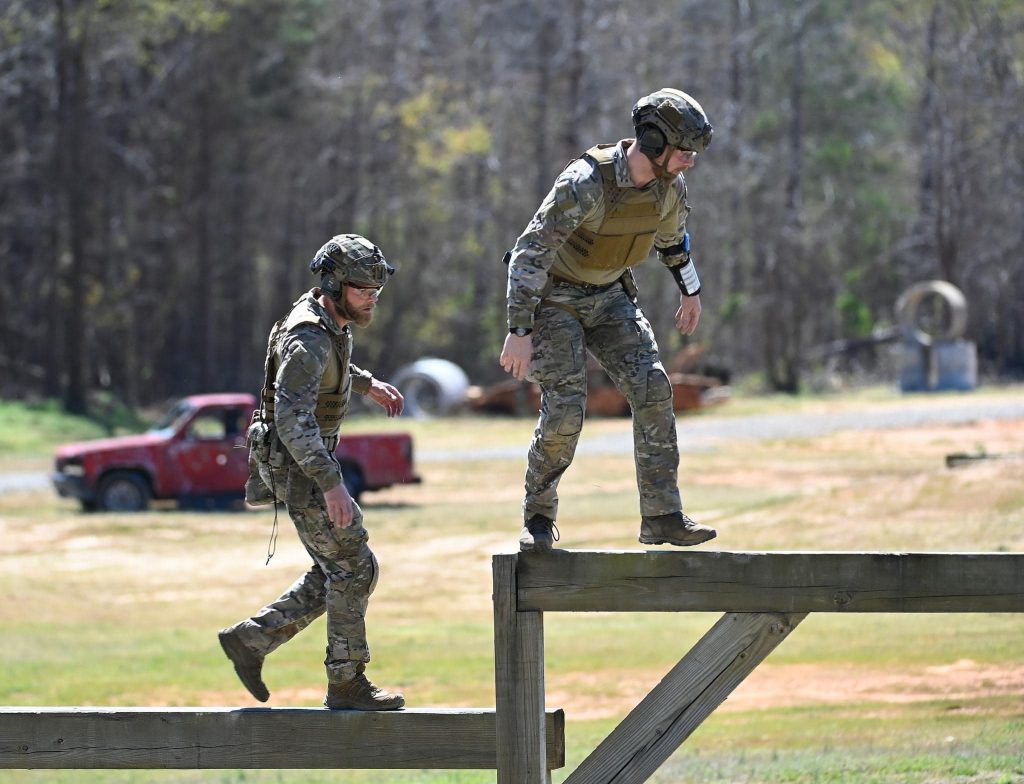What makes a Special Forces Medic (18D) different from conventional Army Medics (68W’s)?
It mostly comes down to prolonged field care—the ability to keep someone alive during a period of time where evacuation is not possible. While this may mean many things, such as being able to run your own lab and interpret the results, it primarily means the ability to manage significant wounds over a long period of time. This skill is learned during an extremely intense block of instruction in the Special Operations Medical Course (SOCM)/Special Forces Medical Sergeant (SFMS). This course covers anesthesia as well as surgery, to include amputation and subsequent wound care. This block of instruction is extraordinarily demanding, with long hours, significant documentation, and a justifiably rigorous examination of every decision you make during this critical phase of training by the instructors.
With the recent history of the U.S. military dominating the air space immediately and establishing significant evacuation capability, why is this skillset such an important part of the curriculum?
Think of the ongoing conflict between Russia and Ukraine, or the recent saber-rattling of China and Taiwan, or North Korea and their neighbors. If we enter into conflict with any of these countries, air dominance is hardly assured in the first few weeks, while SF and other SOCOM units are inevitably on the ground doing what they do best. This skillset is great in these hypothetical match ups, but when was the last time it was actually used? This brings us to the meat and potatoes of this article. It happened more recently than you might think.
A Special Forces Medic, who shall remain anonymous at his request, reached out to us and asked us to share his story of conducting a double above the knee amputation on an enemy combatant. He said he received permission to share the story from SOCOM Public Affairs Office, complete with pictures!
In his words:
“We couldn’t evacuate an ISIS fighter who had surrendered to us. The injury supposedly happened about 10 days prior to him surrendering, and he was extremely septic. His core temperature was 104.7, and he had off-gassing on both injured legs. There was a traumatic amputation with exposed tibia on right leg, with everything distal to the distal head of the tibia gone. Open compound tibia-fibula fracture of the left leg, which was extremely infected.
The ceiling was 50 feet due to intense fog, and evacuation was not possible. We turned an extremely austere clinic into a surgical suite as best as we could, and received permission from theater-command and our regional medical director to perform the life-saving intervention. The opportunity was everything the SOCM/SFMS course prepared me for.”

